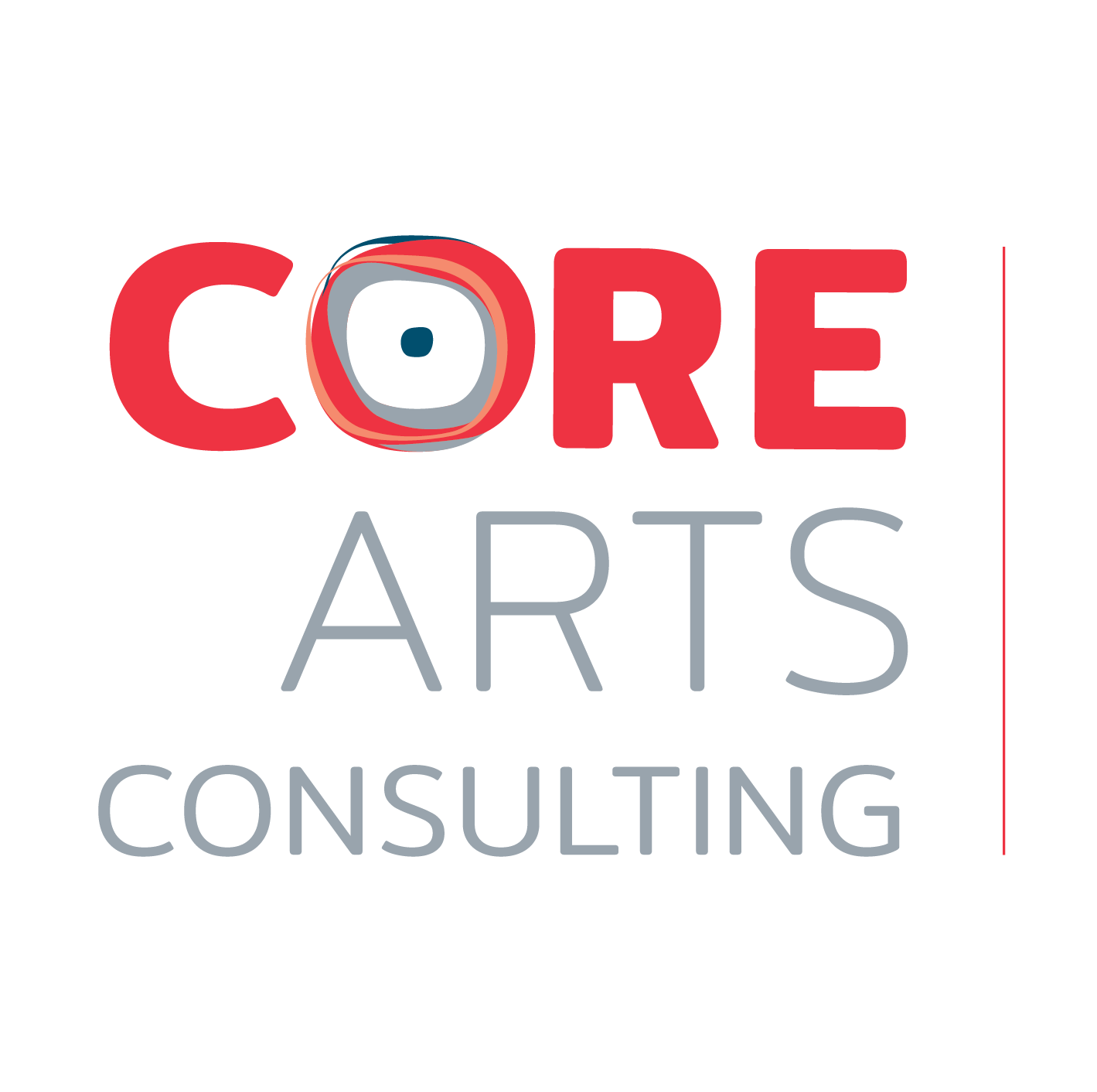by Jerry Phelps
How does one learn? This is the question that both inspires and plagues teachers. There have been many theories developed to address this dilemma, but teachers know that there isn’t one answer. I remember being in college studying to be a music teacher and having to take some classes in the dreaded “education department.” The music education majors were the outsiders. This was nothing new to us. We spent exorbitant amounts of time in rehearsal and practice rooms and classrooms learning content-specific material. But, all of us reached a point in our studies when we had to make the cross-campus trek to the education building and take a class that addressed education in general.
In one of these classes, the professor was talking to us about the then-recent revisions to Bloom’s Taxonomy in 2001. It was presented as some groundbreaking discovery in education. A few words were changed around, but most of it was the same. The professor was ecstatic to involve us music teacher folks in the conversation because the top section of the pyramid now would read “create.” I was frustrated. My friend, Leslie Cannata Nance and I shared similar concerns about this structure and the blatant hierarchy it communicates. The professor incessantly reminded us that “creating” was the highest form of learning. All I could think of was…
TELL THAT TO AN ELEMENTARY TEACHER WHO JUST WANTS THEIR STUDENTS TO REMEMBER THE LINES AND SPACES OF THE TREBLE CLEF STAFF!
Sure, it is a bit dramatic to make a huge deal of the lines and spaces of the treble clef staff. But, my mind kept swirling with the thought that there is no possible way learning can be hierarchical like this and that I would only be a great teacher if I moved my students beyond the fact recall or “remembering” stage. For music teachers, “remembering” can be an epic accomplishment with our students. How could this possibly mean we haven’t achieved a high level of learning?
The truth is, I have never found there to be a firmly established hierarchy with learning other than student ownership. I believe that when a student owns the content—that is, they are genuinely curious and ask questions or research to seek more information because of that piqued curiosity. This level of ownership is often rare in classrooms, partly because we are so obsessed with achieving a phantom level within a hierarchical framework. Admittedly, I think the arts and physical education classrooms are places that tend to focus on ownership more than other content areas. For that, I’m proud.
What would happen if we start viewing this as a wheel? What would happen if we work tirelessly to provide opportunities for students to access the content in a variety of ways? I’ve always understood Bloom’s Taxonomy to be more of a wheel. This is the only way I can make sense of it in practice. I see it as non-hierarchical. I see it as a way to ground teachers in the idea that learning is dynamic and always changing. I see it as a way to acknowledge that some students may never be great at “remembering,” but they may “create” the most beautiful, important pieces of art. This doesn’t inherently make them better at the arts. It simply means they access the content and process it in different ways.
In a polarized society where most have taken their stance about public education and how schools should and should not function, I suggest that we spend more time, resources, and energy on student ownership. When students sitting in our classrooms realize their voices are important and valid and valued, that’s when the real learning happens. When they achieve a point in their lives where learning becomes worth of their time, we will have succeeded. This learning can happen, at varying points, through any of these elements of Bloom’s Taxonomy.
_____________________________________
Biography:
With more than a decade of classroom teaching experience and a proven track record of arts education program development nationally, Jerry Phelps is a sought-after arts education professional specializing in curriculum design, program design and development, professional development, teacher coaching, and organizational sustainability. In addition to a variety of classroom and private teaching experiences, Phelps most recently served as the Director of Arts Education and eventually the Director of Co-Curricular Programs for Democracy Prep Public Schools. In these positions, he managed and oversaw the development and growth of dozens of school-based arts education programs, national award-winning speech and debate programs, and physical education and athletic programs across the nation. Among his awards and recognition, Phelps was named a quarter finalist by the RECORDING ACADEMY© and THE GRAMMY FOUNDATION© for the inaugural Music Educator Award. As a seasoned singer and performer, Phelps can be seen on stage frequently throughout New York City in a variety of solo shows and one-off performances. Phelps currently serves as the Principal Consultant for the New York City-based arts education consulting firm, CORE Arts Consulting.













